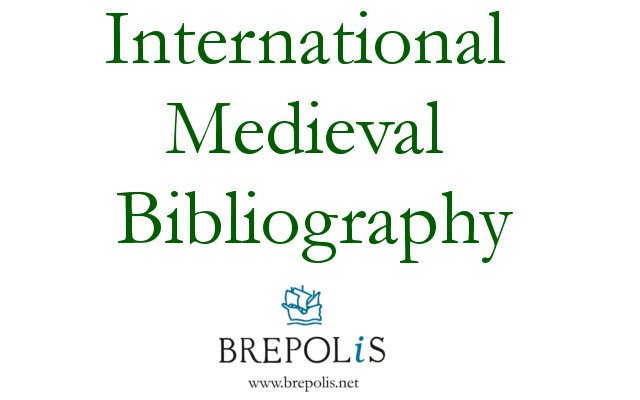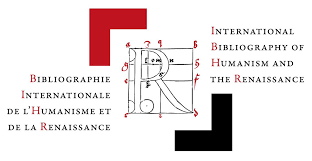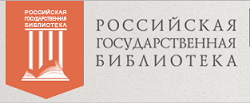From Lenin to the NEPmen, from famine to gluttony: Moscow during the NEP through the eyes of Bulgakov and Krleža
DOI:
https://doi.org/10.31168/2073-5731.2020.3-4.4.02Keywords:
Bulgakov, Krleža, NEP, mythoconstructAbstract
In this article, the October Revolution is considered as the fundamental mythological construct of Soviet (totalitarian) mythology, which, according to E. Meletinsky, was supposed to accomplish a symbolic cosmization of the pre-revolutionary Chaos. The post-October Moscow played a leading role in this process. The theoretical basis of the article are the works of E. Meletinsky, J. Derrida and M. Ryklin dedicated to Soviet Moscow. M. Ryklin in the book “Communism as Religion. Intellectuals and the October Revolution” (2009) argues that for many European left-wing intellectuals, post-October Moscow has become the “new Jerusalem”. Moscow as a new Mecca was perceived not only by European left intellectuals, but also by most of the Russian intelligentsia, which either enthusiastically welcomed the Soviet regime or decided to reconcile with it and cooperate. Upon his return from Moscow, the eminent Yugoslav Croatian writer and confident Leninist Miroslav Krleža published “A Trip to Russia” (1926), one of the deepest “returns from the USSR” that was banned in Soviet Russia. Mikhail Bulgakov, after his fail to emigrate, i.e. to leave Vladikavkaz and go abroad, moved to Moscow, on which he pinned great hopes and from which he expected a lot in the 1920s. At this time, Moscow was an inexhaustible source of inspiration for Bulgakov, as evidenced by his feuilletons of the twenties in “Nakanune” (“Capital in a notebook”, 1922; “Sorok sorokov”, 1923; “The golden city”, 1923). Despite the completely opposite political views of Bulgakov and Krleža, they have strikingly much in common in terms of subtle observations of everyday Moscow during the NEP and in terms of the fight against Soviet censorship. This article is the first attempt at a comparative study of the Moscow impressions of two prominent Slavic writers of the 20th century.
For citation
Peruško I. From Lenin to the NEPmen, from famine to gluttony: Moscow during the NEP through the eyes of Bulgakov and Krleža // Slavic Almanac. 2020. Issues 3–4. P. 314–337. DOI: 10.31168/2073-5731.2020.3-4.4.02






